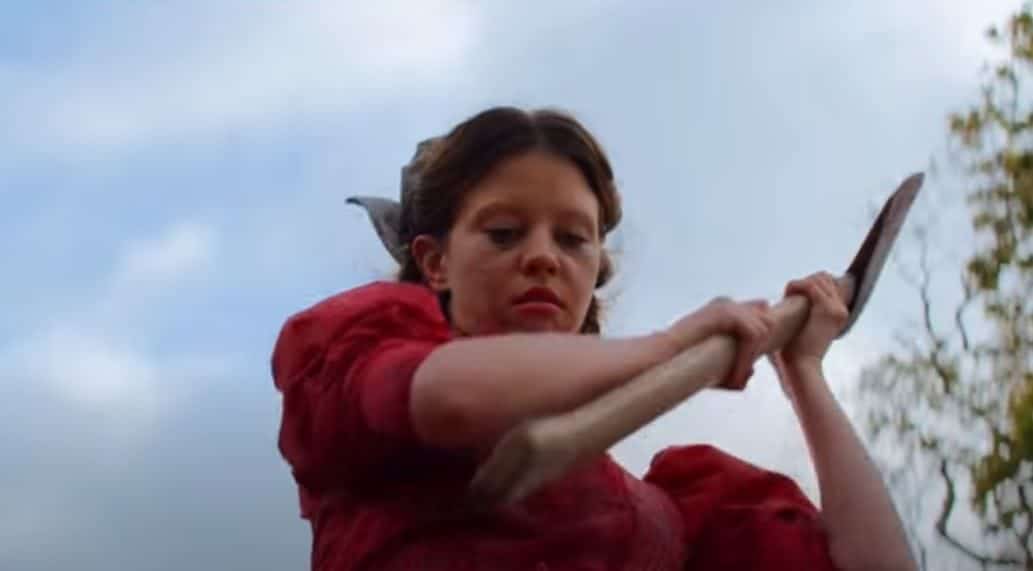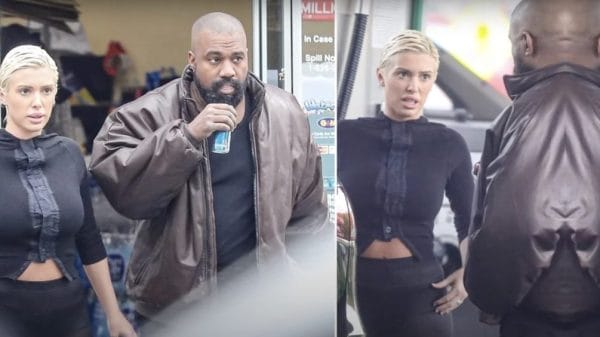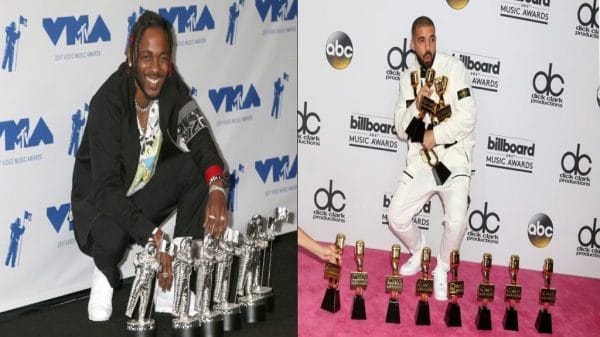The archetype of the vicious and vengeful woman has been the subject of fascination and horror for centuries.
From the mariticide of the Spartan Queen Clytemnestra in Sophocles’ Agamemnon to Artemisia Gentileschi’s biblical portrait of Judith beheading Holofernes, depictions of ruthless women stand as part of a long tradition of female rage in entertainment and art.
The Rise of Female Rage
The treatment of female anger and malevolence in film is varied and has developed tremendously over the years. Initial depictions of aggressive women like Alex in Fatal Attraction condemned their rage as villainous and often insane.
However, in the past decade, we have seen a distinct shift in the presentation of the “unhinged” woman, who has become increasingly utilized and revered due to the chord she strikes with female audiences. By portraying women as getting an outlet for their emotions and traumas beyond the “acceptable” patriarchal norm, many felt that the so-called “female rage” genre offered heroines women felt truly represented by.
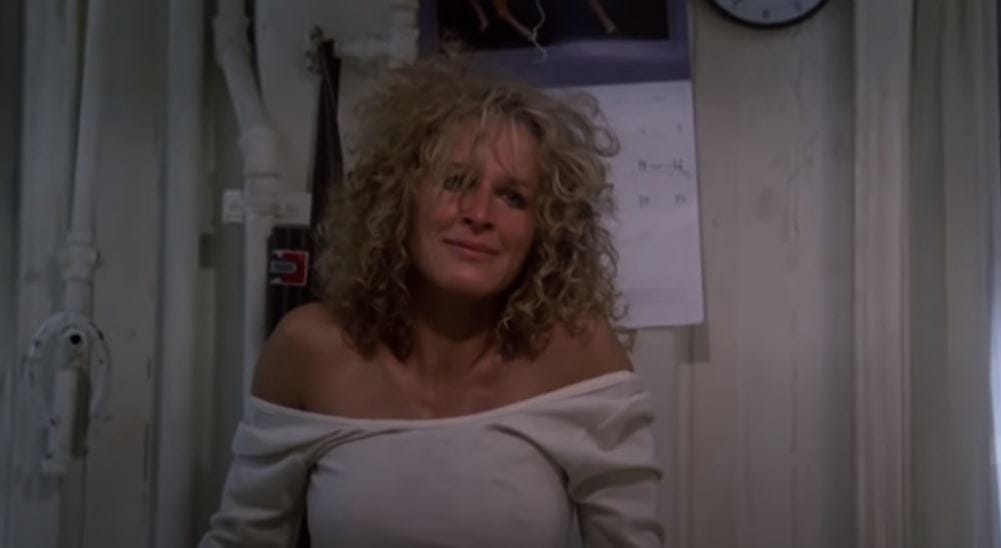
Representation or Repression? The Problems with “Female” Rage
However, due to both its popularity and the male-dominated movie industry, even feminine rage has become subject to masculine fantasy. It is being capitalized on and distorted, with many cinematic releases having begun using it as another way to romanticize violence perpetrated against women. Further boundaries are being created, dictating what is appropriate and desirable for the female avenger.
The revenge fantasy trope for women is permeated by the male gaze, often entailing overly graphic sexual violence like in Game of Thrones or Kill Bill. The subject of this fantasy is usually the “broken bird”, a woman whose psychological “damage” is construed as appealing because it just needs fixing by the right man. Her anger is exorbitantly violent but never “unattractive” or wholly unjustifiable. It is uncontrolled in a way that is not a release but a display. It is flashy, reckless, and uncomfortably intimate when it is not performative.
This fetishized presentation of female rage transforms it into pageantry, which reduces it to just that. “Female” rage is a one-dimensional categorization that eradicates all moral complexity and individuality in women’s anger and reduces it to a singular, palatable concept.

Blinding the Voyeur
So if even the woman cut loose has strings, how do we make female anger our own? There are a number of films and TV shows that have broken away from the blueprint of the “bad-but-not-too-bad-woman” through their portrayals of genuinely morally ambiguous, even “evil” female characters whose violent behaviors and motivations do not follow the norm of the “broken bird.”
By crafting heroines whose actions violate every ethical and patriarchal norm, whose extremity of brutalism refuses justification or sexualization, we find their personhood is not equated with their victimized womanhood.
Girlhood and Violence
Jennifer’s Body is a staple female rage movie, one of the first of its kind, but one which faced an overwhelmingly negative reception at its release. This was largely due to its appalling marketing, which both egregiously sexualized lead actor Megan Fox and contradicted the entire premise of the film.
Rather than finding in theatres the thinly veiled erotica that had been promised, the male audience advertising targeted was met with much less voyeuristic viewing material. The satire follows Needy and her friend Jennifer, a high school cheerleader, who is reborn as a bloodthirsty succubus after being murdered by a group of men in an occult ritual.
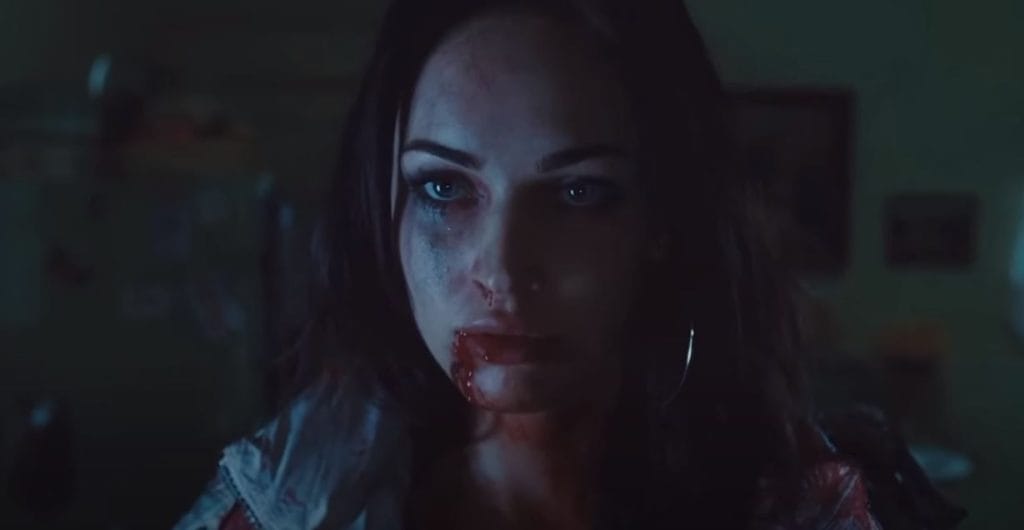
Despite the role seduction plays in Jennifer’s killing spree, the movie goes to great lengths to avoid sexualizing her or her violent behavior. In fact, Jennifer’s body itself becomes increasingly decentred, with many scenes avoiding the long pan body shot they appear to be leading up to. She devours her victims in copious levels of gore, which makes your stomach turn. Her attitude towards her new demonic strength and malice is playful and distinctly girlish in a way that reclaims and perverts the male gaze of femininity.
Jennifer is a wolf in sheep’s clothing, a beast wearing the skin of a girl. This disconnect from her human form allows Jennifer to channel her anger through increasingly savage bloodlust, transforming her into a monster. A monster that Needy must banish to hell, but one who is laughing all the way down.
Following a similar camp vein, Bottoms too, sets itself apart in its explosively violent depiction of young women finding power in carnage, only they don’t need a demon to do it. The film follows PJ and Josie, two lesbian best friends who, after being rumored to have attacked their school’s golden boy, decide to form a fight club in order to pick up women.

Parodying David Fincher’s gritty, “macho” Fight Club, there is a comic energy to the over-the-top violence in the film’s high school setting. This is most apparent in its final scenes, which casually disregard the girls’ slaughtering of the school football team. However, in its hyperbolic violence, we find certain truths about the experience of young girls. Regarding her song “Dream Girl Evil,” Florence Welch remarked that she thinks “there’s something about being a young woman that feels very murderous,” elaborating that “When I see messy or violent or terribly behaved women, especially young women, there’s liberation. To not have to try and survive by being good.”
This is what Bottoms speaks to, with all of the brutality it should be afforded. Laws of morality and even physics are all blurred in this raucous satirization of the coming-of-age genre, embracing to the extreme the rage suppressed by girls navigating the hierarchies of high school.
The Avenging “Angel”
Promising Young Woman is a particular standout for subverting the established avenging angel and femme fatale tropes. For a start, the motivation of its revenge plot arises from secondary trauma. Cassie, a former medical student, seeks vengeance on those involved in the gang rape not of herself, but of her best friend Nina.
It has become commonplace in revenge narratives that men are driven by a wrong committed against loved ones, often a female spouse. Women, on the other hand, are ordinarily depicted as being driven by a wrong committed against themselves, frequently sexual.
The trauma of a male avenger comes from failure as a protector, and that of the female avenger comes from victimhood. By having Cassie seek justice for a crime she did not experience personally, the film not only avoids a fetishistic, first-person assault scene but also highlights the aftershocks of sexual violence that extend beyond the individual. Cassie’s anger does not just come from her relationship with rape as a woman, but as a person who couldn’t save their friend, even if the blame never lied with her.
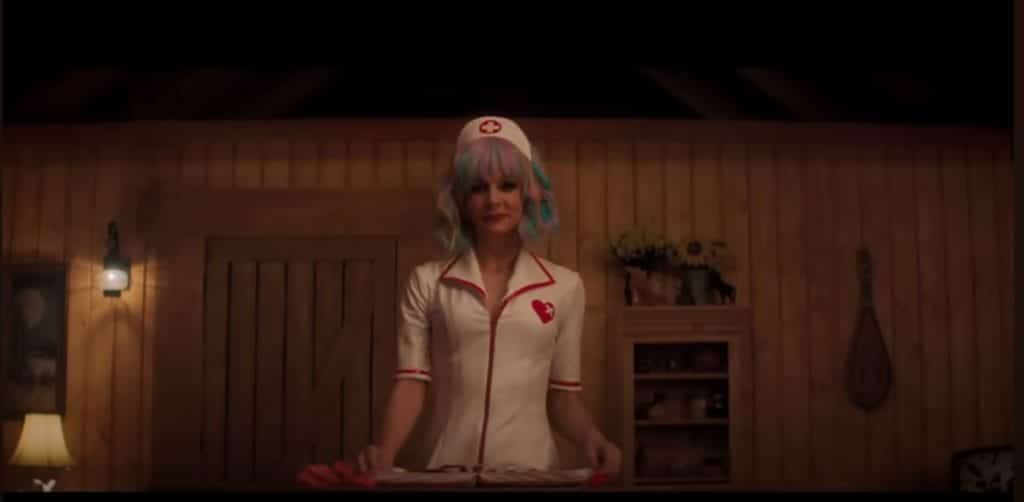
Though the promotional images of Cassie’s nurse outfit seemed to market her as a traditional femme fatale, like Jennifer, Cassie’s trauma is anything but glamorized. There is never a moment we feel true triumph in watching her moral descent. Instead, we are forced to confront the brutal reality of her vigilantism and the society that outcasts her but reveres Nina’s abusers.
Cassie’s anger is obsessive, and it drives her to commit ethical violations at great personal detriment. There is no gleeful, cathartic bloodbath to be slapped on a poster. Rage is the only thing that allows Cassie to punish the guilty, and it costs her her career, her relationships, and eventually her life. In Promising Young Woman, female rage is ugly, even doomed, with the cost of punishment far too much to pay. It rejects the sensationalizing of women’s violence and demands we ask why they must resort to it.
The protagonist of Netflix’s Blue Eye Samurai is similarly motivated by the suffering of a loved one. However, her actions have horrifying effects extending far beyond Cassie’s. Mizu is a Japanese-Caucasian woman existing at a time in Japan when its borders to the outside world were closed, and to be biracial entailed systemic abuse. She is the product of her mother’s rape at the hands of one of four white men living in Japan. This has motivated her to seek revenge for her mother’s violation and the “curse” of her birth by hunting down each of her potential fathers.
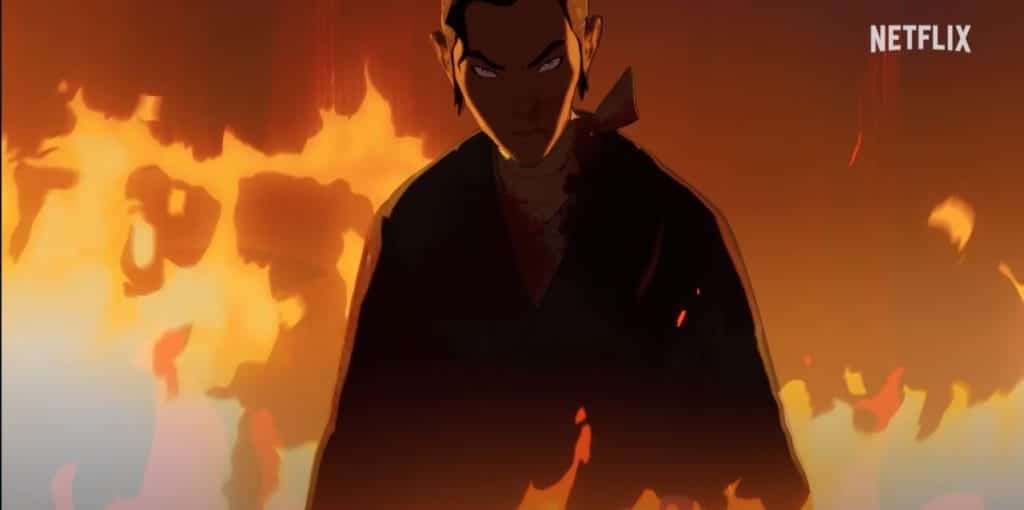
This is not a noble vengeance; in fact, Mizu repeatedly rejects others’ attempts to label her as honorable. It is personal, bloody, and sought no matter the price she, or anyone else around her, must pay. She takes life without hesitation, and she disregards any innocent casualties that may arise as a result of her actions.
Her anger is all-consuming and destructive; it is not revered, and yet it is not condemned outright. Mizu’s coldness is a fact of her life, a facet that is required to survive a world that consistently tells her that she should not exist. She is angry because she has never been given the opportunity to be anything else. It is not simply the anger of a woman but of anyone who has only known warmth that burns.
Empowering, Endearing, and Downright Evil
Of course, sometimes female rage manifests in the desire to burn the world down just for the fun of it, and in this, we find just as much allure. There are scarce few who obliterate the boundaries of feminine violence so well as Killing Eve‘s assassin for hire, Villanelle. Show writer Phoebe Waller-Bridge has long spoken of the transgressive female rage she channels into her work, and Villanelle epitomizes this in a way that leaves no rule unbroken.

As a contract killer and the show’s main villain, it is to be expected that Villanelle’s actions will be violent. What is not to be expected is the way in which she approaches this violence. Villanelle is an enigma, a playful, imp-like creature who revels in taking life in the most elaborate and sadistic ways. Killing for her is not simply a job. It is a game, one which she plays gleefully.
Her glib demeanor mingles with a cold emptiness which lends to a portrait of one truly unhinged. You have no idea what her lines are, where her loyalties lie from one minute to the next. She is a moral pit, one which swallows all attempts made to decipher her.
Nor does Villanelle fit the mold of the icy huntress who scorns girlishness or the scantily clad seductress whose blood-soaked body exists to ogle at. She does not “cleanse” herself of womanhood, nor does she make it her only asset. Instead, in this too, she cuts through conformance with ruthless efficiency.
Villanelle is a fashionista. She believes in violence with flair. She commits her murders wearing a large array of colorful and extravagant outfits, which often border on the bizarre. Her sexual exploits entail a militaristic intensity and command, which borders on the chilling.
Villanelle’s brutality embodies traditionally masculine-coded coldness and authority and packages it in whimsical and gaudy femininity. Femininity exists for no one’s satisfaction but her own.
Female Rage Re-examined
By depicting women behaving in transgressive, flawed, and nuanced ways, these films reclaim the notion of female rage, which is being capitalized on. The female focus of female rage is not the issue. However, the best portrayals of the notion arise when those barriers are tested. When the distinctly feminine attachments are not disregarded but integrated. Cinema’s angry women are not angry simply because they are women but because they are people who have been wronged.


